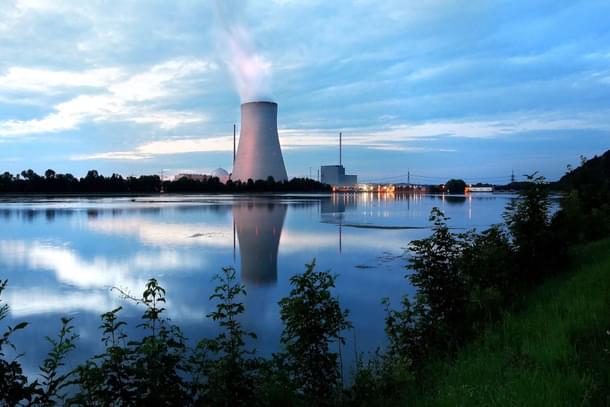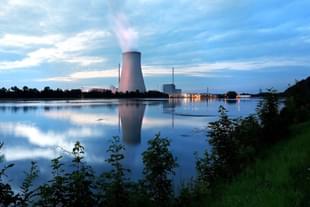News Brief
India To Open Nuclear Sector For Private Players, Key Legislative Reforms On The Table
Kuldeep Negi
Mar 05, 2025, 01:21 PM | Updated 01:21 PM IST
Save & read from anywhere!
Bookmark stories for easy access on any device or the Swarajya app.


India is set to allow private sector participation in its nuclear energy sector, with legislative amendments under consideration to facilitate this shift.
Addressing a post-budget webinar organized by NITI Aayog, Union Minister Jitendra Singh emphasised that nuclear power is crucial for India’s clean energy transition and Net Zero targets.
He highlighted the Union Budget 2024-25’s focus on expanding nuclear capacity to 100 GW by 2047, stating that private sector involvement and regulatory updates will be necessary to achieve this goal.
India’s electricity demand is projected to increase four to five times by 2047.
While renewable energy sources are growing, they may not be sufficient to meet base-load power requirements.
Singh noted that nuclear energy will be an important component of India’s energy mix, requiring steady capacity additions of about 4 GW annually to reach the 100 GW goal.
To enable private sector participation, the government is considering amendments to the Atomic Energy Act, Civil Liability for Nuclear Damage Act, and Electricity Act.
These changes would provide policy clarity, encourage investments, and allow private players to design, build, and operate nuclear plants.
“Opening up the nuclear sector will send a strong policy signal to industry players, boosting investor confidence and encouraging long-term investments,” Singh noted.
Public sector enterprises such as NPCIL and NTPC’s joint venture, Ashwini, will remain key contributors to the nuclear expansion.
The minister highlighted that NPCIL, along with its subsidiaries, aims to contribute nearly half of the 100 GW target by leveraging domestic and international partnerships.
Meanwhile, NTPC’s joint venture, Ashwini, has already taken the lead in constructing four 700 MWe PHWRs at Mahi-Banswara in Rajasthan.
Singh also announced the launch of a Small Modular Reactor (SMR) R&D Mission, which aims to develop five SMRs by 2033.
These reactors, which can be deployed in industrial zones and remote locations, are being explored as an alternative for sectors with high energy demand, such as cement and steel.
The minister noted that India’s nuclear programme, initially met with skepticism due to global restrictions and proliferation concerns, has gained wider acceptance in recent years.
He stated that the government is focused on ensuring transparency and responsible development in the sector.
To address public concerns, Singh called for a sustained awareness campaign highlighting nuclear energy’s safety and environmental benefits.
He stressed the need for collaboration among government agencies, industry stakeholders, and environmental groups to ensure informed discussions on nuclear power.
With ongoing consultations and planning, Singh said that while challenges exist, achieving 100 GW of nuclear capacity by 2047 is an attainable goal.
Kuldeep is Senior Editor (Newsroom) at Swarajya. He tweets at @kaydnegi.





